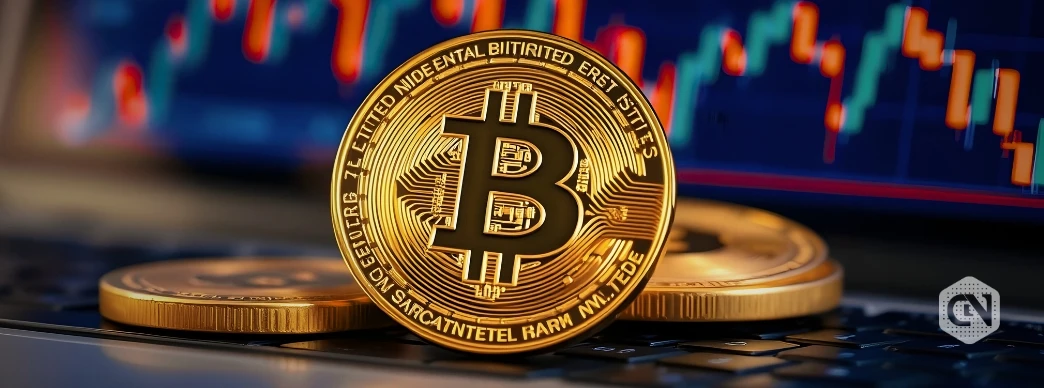The prominent investment analysis platform, Alphractal, forecasted that the Realized Cap Impulse of Bitcoin is expected to rise till October, which would be “the last major impulse” before entering a prolonged bearish cycle.
According to the post on X, this bear cycle is expected to last for about one year, extending until the end of 2026.
The Realized Cap Impulse has maintained its levels “perfectly”, which is considered to be the final base of support for the cryptocurrency.
“As long as it stays above this zone — both in the short and long-term outlook — it signals clear demand, which naturally supports upward price movement,” Alphractal stated in the post.
What is Realized Cap Impulse?
Realized Cap Impulse in BTC is a metric that shows the change in Realized Capitalization over time. It helps gauge whether money is flowing into or out of Bitcoin by measuring whether investors are holding or spending their coins.
A positive impulse suggests increased holding (bullish), while a negative impulse reflects more selling (bearish).
On the other hand, long-term realized cap impulse is a variation of the Realized Cap Impulse metric that focuses only on long-term holders (LTHs).
Will Bitcoin Crash Drastically In 2026?
While BTC holders are currently witnessing a historic bull rally, some experts believe that BTC could face a potential downturn in 2026. Xanrox, a popular crypto trading analyst on TradingView, shared a negative forecast for Bitcoin, where he predicted that BTC could see a dramatic fall to $40,000 by 2026.
BTC’s bull markets typically last between 2 to 3 years (742-1,065), while bear markets usually run for about a year (364-413 days). However, each bull run has been less explosive than the last because Bitcoin’s market cap keeps growing. After every peak, the price crashes sharply, dropping between 77% to 86%.
Xanrox predicts another major drop in BTC’s price, but this time, the crash may be less severe. It could be around 65%, down to $40,000. This is because Bitcoin’s market capitalization is much larger now, and institutional investors are supporting the market more than in past cycles.
Also Read: Russia’s Largest Bank Sberbank Launches Bitcoin-Linked Investment Bonds
